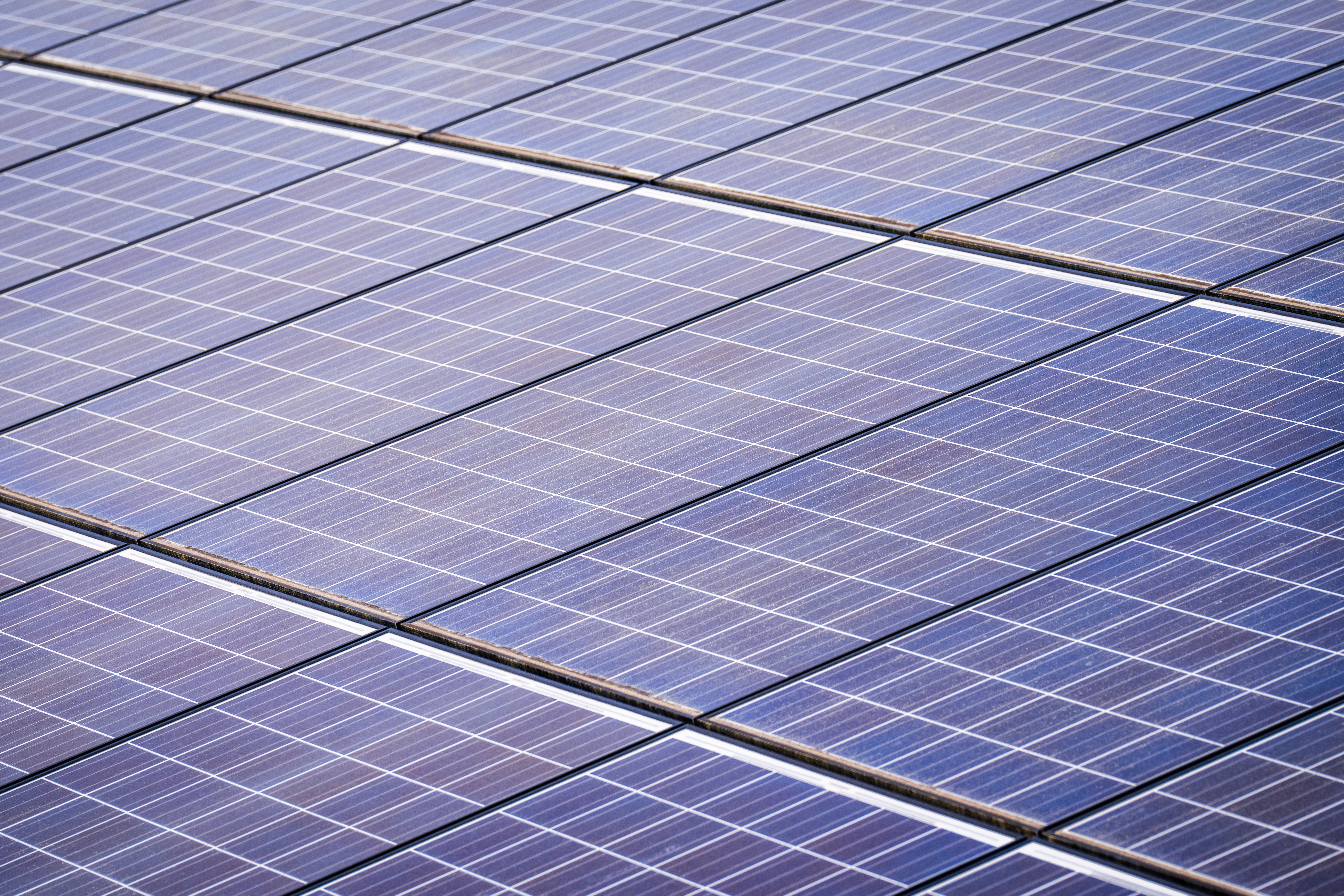Brought to you by Dr. Caterin Salas-Redondo and Hsin-Hsin Fan from ROSI
Secondary Raw Materials for the PV Industry
The photovoltaic (PV) industry faces a few challenges: keep on increasing its competitiveness to traditional energy sources with an expected 20% average annual installations growth rate, which in turn will create an increased material resources demand with an estimated of 900 000 tonnes annual polysilicon consumption and 14% of the world silver production dedicated to photovoltaic use today. It will also generate about 60 – 78 million tonnes of cumulative PV waste by 2050 worldwide. Therefore, reducing its dependence on primary raw materials and managing the upcoming PV waste are imminent challenges to overcome.
These challenges are at the same time a growing opportunity for breakthrough technologies to recover high-value materials enabling a circular economy. In this context, ROSI becomes a key player, as a company specialised in the production of circular materials from PV waste while ensuring low environmental impact of its industrial process. ROSI’s proprietary technology provides innovative solutions to:
- Recycle high purity raw materials such as silicon, silver, copper, aluminium, and glass from end-of-life solar panels.
- Recover highly pure silicon from the Kerf loss, corresponding for about 40% of the material lost in the manufacture process of solar wafers.
Therefore, ROSI’s activities support the European Union to re-build its PV industry by supplying local raw materials recovered from waste.
Material Circularity Beyond the PV Sector
ROSI’s goal is to realize a truly circular economy for the PV industry and beyond. The high value recycling technology allows the reintegration of recovered materials into several key European industries, such as PV, batteries, semiconductors, and specialty chemistry. For example, the recovered silver fingers can be transformed into a new silver paste and reintegrated in the PV value chain, but other potential uses are found in electronics, electrical vehicles, and jewellery. Same goes for the recovered silicon, whose high-purity enables its easiest and energy saving reintegration into PV-grade silicon manufacturing chain, but it is not limited to that end-use, since it could also be reintegrated in either other semiconductor or specialty chemistry applications. Furthermore, high purity glass can be reintroduced in the PV value chain if the solar glass manufacturing is relocated in Europe. Meanwhile, other potential industries can benefit from it such as float glass for the construction sector, fiber glass for the composites, or glass wool as insulation material. Last but not least, copper ribbons are attractive to industrial refiners that could potentially reintroduce the material in many applications like building and construction, transportation, and electronics.
The aforementioned examples open-up a wide umbrella of possible applications to promote a circular economy of the raw materials that are revalorised from the PV waste stream.
The Role of the CE-RISE System
Low environmental impact materials will become a common target for all energy and resource intensive industries, and therefore, the Circular Economy Resource Information (CE-RISE) System will contribute to the realization of this vision by providing a reliable information platform.
Traceable low environmental impact materials will be an economic driver for raw material trading activities in the future, as for example, low greenhouse gas emission raw materials will gain higher economic value. CE-RISE’s Digital Product Passport will allow the tracking of secondary raw materials with lower environmental impacts, the correct allocation of environmental benefit, and the effective communication of these benefits between independent actors through the value chain.

